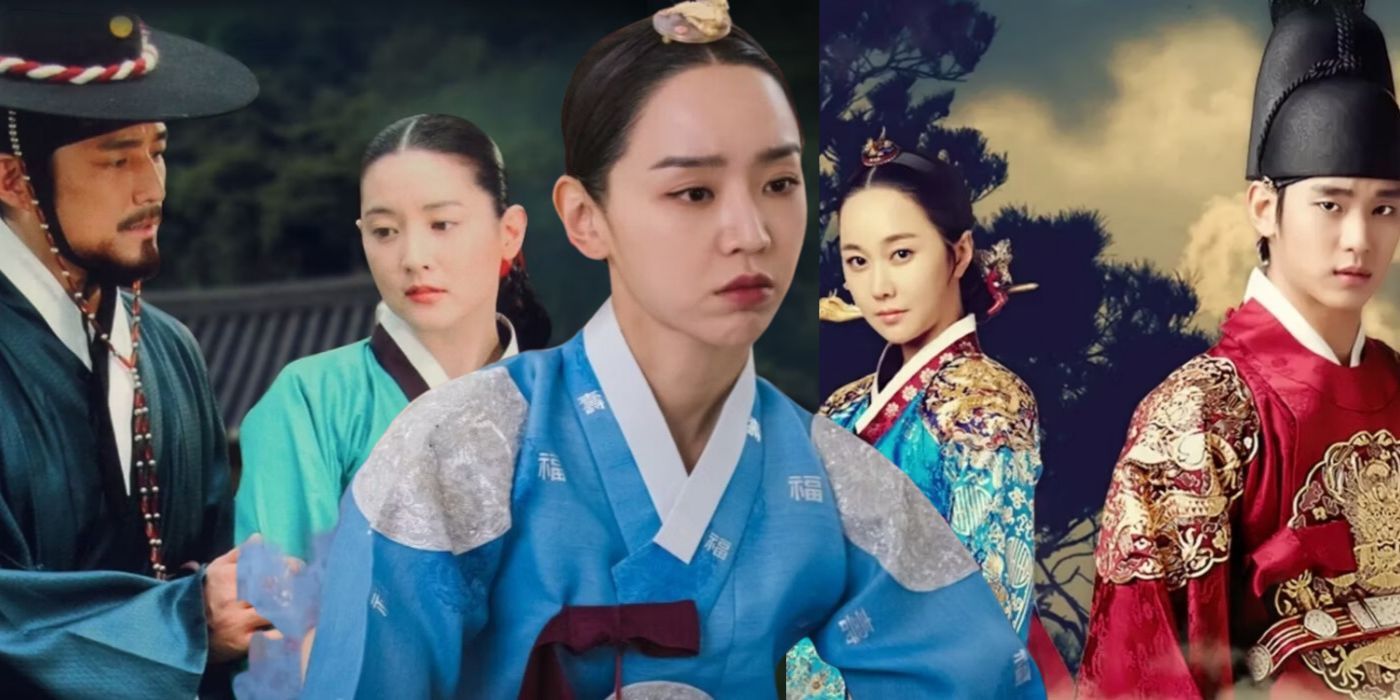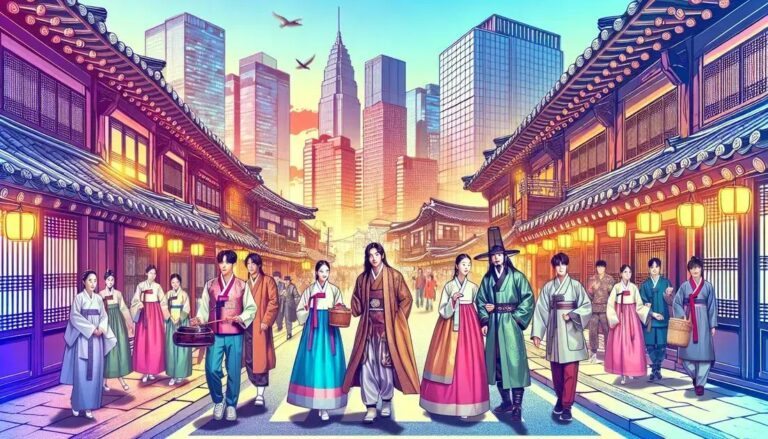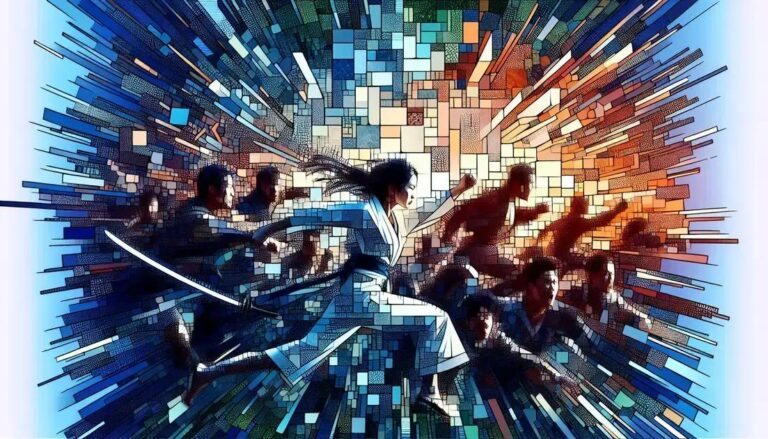Anúncios
If you’re a fan of Asian dramas, you’ve probably noticed this: watching a K-Drama (Korean drama) is a very different experience from watching a Japanese dorama. Both have their unique charm, loyal fanbases, and distinct storytelling styles — but they follow very different approaches when it comes to narrative, visuals, culture, and structure.
Let’s explore the main differences between K-Dramas and Japanese Doramas, and see why each captivates audiences in its own way.

1. Narrative Style: Intensity vs Subtlety
K-Dramas are known for their emotional intensity. Feelings are amplified, with dramatic scenes, powerful soundtracks, and frequent plot twists. Storylines often include family conflicts, past traumas, passionate romances, and dramatic rivalries.
Japanese doramas, on the other hand, are often more subtle and restrained. Their stories lean toward realism and everyday life, with a focus on introspective characters and thoughtful messages. Even romantic elements are more delicate and understated — which has its own unique charm.
2. Visual Aesthetics and Production
K-Dramas place a strong emphasis on visual aesthetics. Scenes are beautifully lit, costumes are stylish, and the cinematography is often cinematic and polished. Everything is carefully styled to visually impress.
Japanese doramas tend to have a simpler, more naturalistic look. Productions focus more on character development and story depth than on visual perfection. It’s not about low quality — it’s just a different creative direction.
3. Pace and Episode Length
K-Dramas usually have 12 to 16 episodes, each about 60 minutes long. Most are self-contained, with a complete story arc in one season. This allows for deeper character development and more layered plots.
Japanese doramas are often shorter — around 8 to 10 episodes, with 30 to 45 minutes per episode. This compact format requires more direct and fast-paced storytelling, which can be great for viewers looking for something quick and efficient.
4. Cultural Themes and Story Focus
K-Dramas often explore themes like social pressure, wealth and status, romantic rivalries, bullying, and traditional family expectations. There’s also a strong emphasis on the “fairy tale romance” concept.
Japanese doramas frequently focus on themes such as work-life balance, loneliness, self-acceptance, school life, and human connection, often in a more raw and reflective way. Many are adapted from manga or novels, tackling social issues more directly.
Conclusion
K-Dramas and Japanese doramas offer very different, yet equally engaging experiences. While Korean dramas shine with emotional depth, visual appeal, and intense romance, Japanese doramas stand out for their subtlety, emotional realism, and thoughtful storytelling.
If you’re looking for something dramatic and visually rich, go for a K-Drama. If you prefer introspective, realistic stories that get to the point, try a Japanese dorama. Better yet? Watch both and enjoy the best of both worlds.






